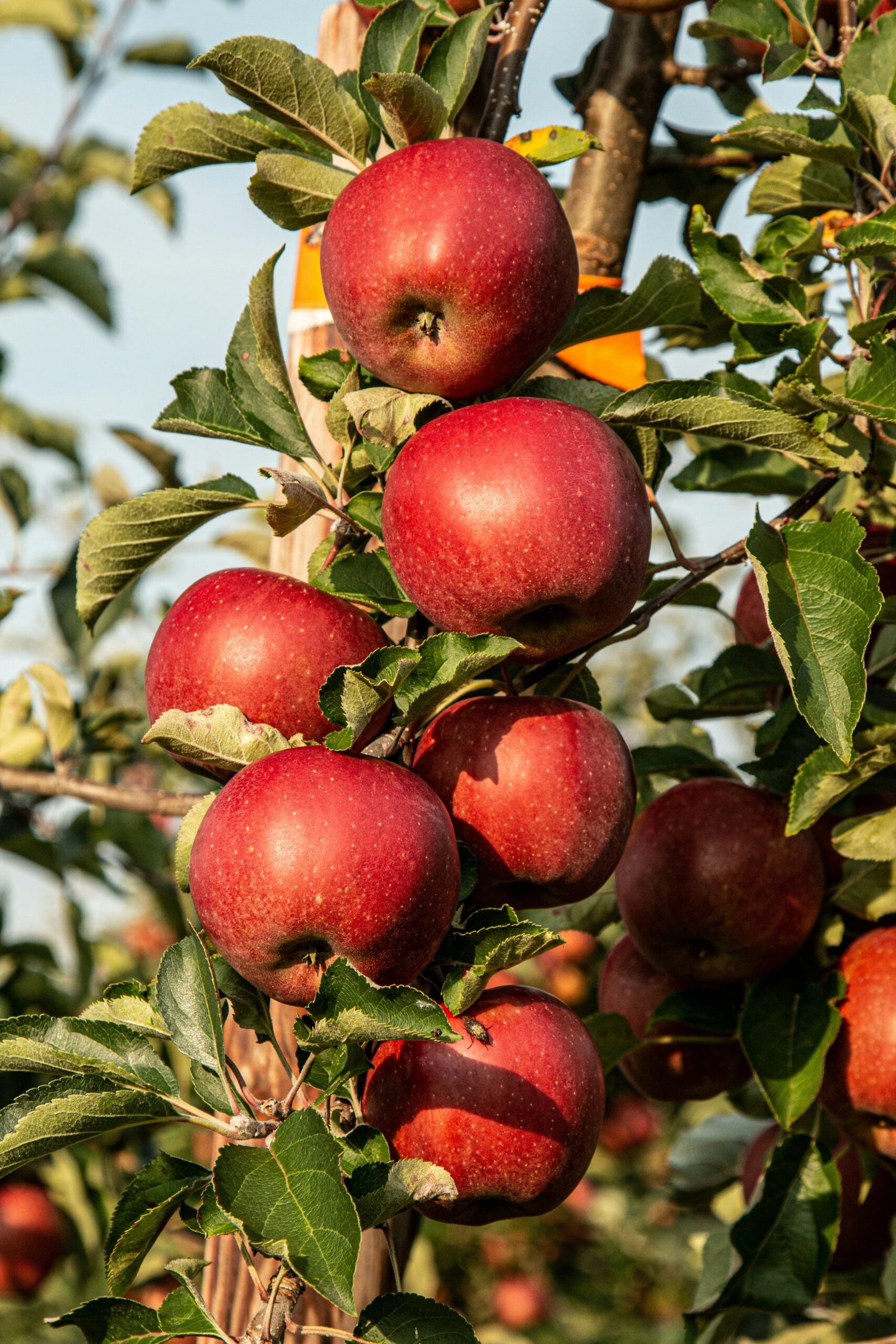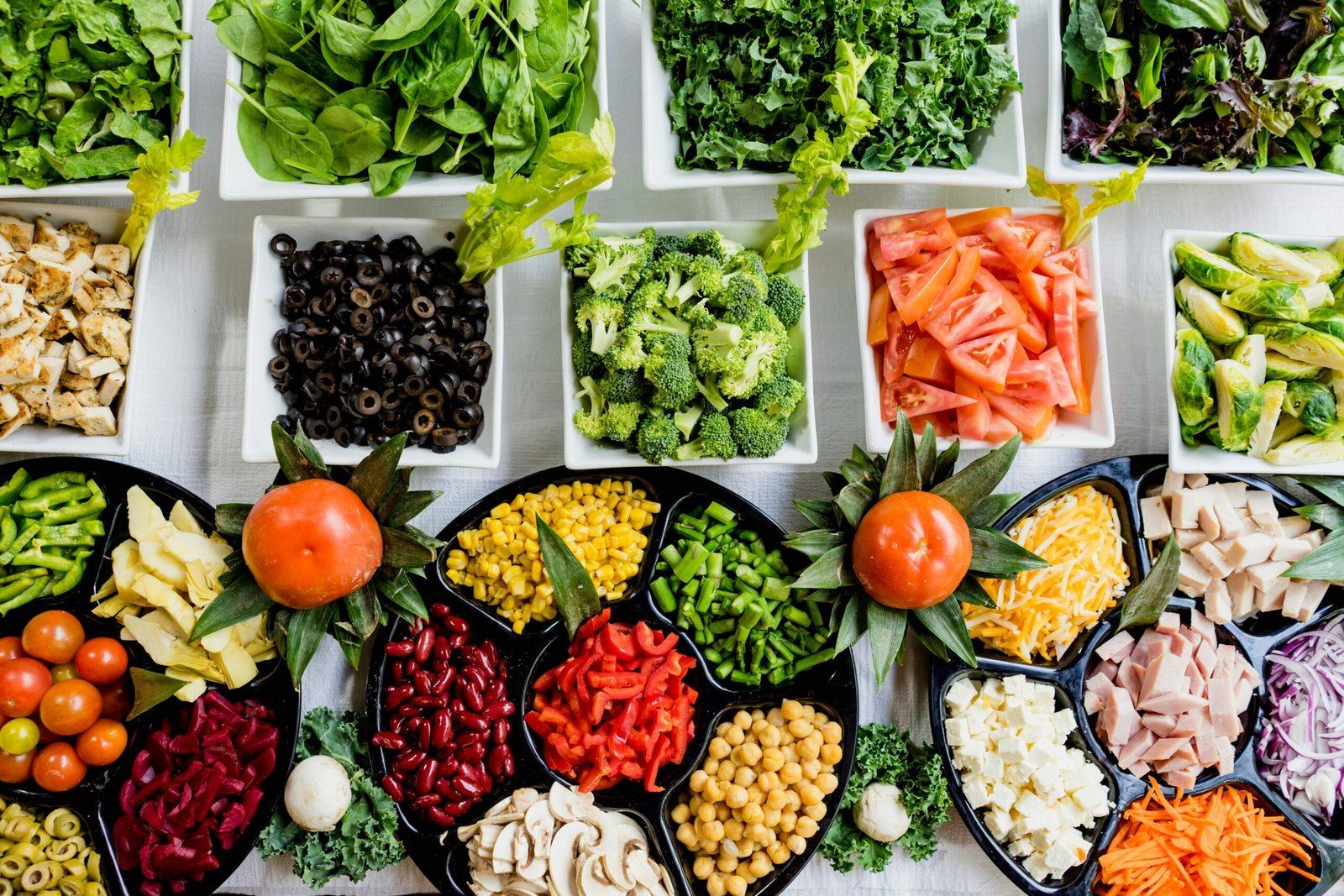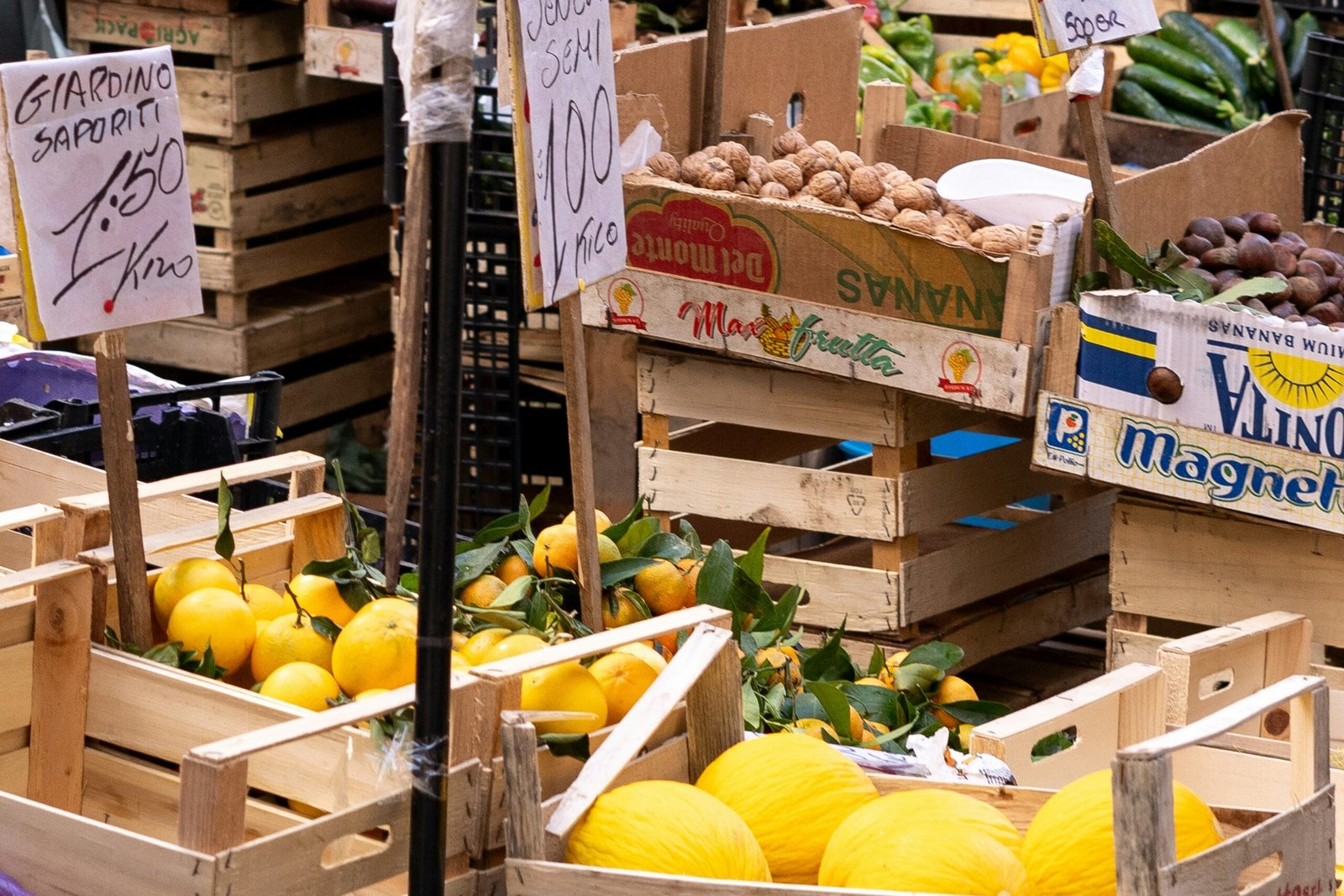When it comes to warm weather desserts, few can rival the delightful lemon meringue pie. Its tangy and refreshing flavor makes it the perfect treat to enjoy on a sunny day. The vibrant yellow color of the lemon filling is reminiscent of the bright rays of sunshine, while the fluffy clouds of sweet meringue on top add a touch of elegance to this classic dessert.
While lemon meringue pie has always been a crowd-pleaser, mastering the art of making the perfect pie can be a challenge. The balance between the tartness of the lemon filling and the sweetness of the meringue is crucial, as is achieving the ideal texture for both components. But fear not, as we are here to guide you through the process step by step, ensuring that your lemon meringue pie turns out flawless every time.
First and foremost, let’s talk about the crust. A good lemon meringue pie starts with a buttery and flaky crust that provides a sturdy base for the luscious filling. Whether you prefer a traditional pastry crust or a graham cracker crust, make sure to blind bake it before adding the filling. This will prevent the crust from becoming soggy and ensure a crisp texture.
Now, let’s move on to the star of the show – the lemon filling. The key to a successful lemon meringue pie lies in achieving the perfect balance of tartness and sweetness. Freshly squeezed lemon juice is a must for the filling, as it provides a bright and zesty flavor. To enhance the lemony taste, you can also add some lemon zest for an extra punch of citrus.
When making the filling, it’s important to cook it on the stovetop until it thickens to the right consistency. This will ensure that the filling holds its shape when the pie is sliced. Be sure to constantly whisk the mixture to prevent any lumps from forming and to avoid scorching the bottom.
Once the filling is cooked and poured into the pre-baked crust, it’s time to move on to the pièce de résistance – the meringue. The meringue is what gives this pie its signature look, with its fluffy peaks and golden brown color. To achieve the perfect meringue, start by whisking egg whites until soft peaks form. Gradually add sugar, a tablespoon at a time, and continue whisking until stiff peaks form.
When spreading the meringue over the lemon filling, make sure to completely seal the edges to prevent any leakage during baking. You can create decorative peaks on the meringue using the back of a spoon or a piping bag, adding an elegant touch to the final presentation.
Lastly, it’s time to bake the pie. Place it in a preheated oven and let the magic happen. The meringue will puff up and turn a beautiful golden brown color, while the lemon filling will set and become irresistibly creamy. Once baked, allow the pie to cool completely before slicing into it, as this will help the filling set further.
Now that you have the ultimate guide to making a perfect lemon meringue pie, it’s time to put your skills to the test. Whether you’re hosting a summer gathering or simply craving a refreshing dessert, this delightful pie is sure to impress. So gather your ingredients, follow the steps, and get ready to savor the heavenly combination of tangy lemon and sweet meringue in every bite.
Another important factor in achieving the perfect balance of sweet and tangy in a lemon meringue pie is the texture. The smooth and creamy lemon filling should contrast with the light and fluffy meringue topping, creating a delightful combination of textures in each bite. The filling should be thick enough to hold its shape when sliced, but not overly dense or heavy.
One way to enhance the tanginess of the lemon filling is to add a touch of lemon zest. The zest contains essential oils that pack a punch of flavor and aroma, intensifying the tanginess of the filling. It is important to grate the zest finely to avoid any bitter taste, as the white pith beneath the yellow skin can be quite bitter.
When it comes to the meringue topping, achieving the perfect balance of sweetness and lightness is crucial. Whipping the egg whites to stiff peaks with a touch of cream of tartar creates a stable meringue that holds its shape when piped or spread over the filling. Gradually adding sugar while beating the egg whites ensures that the meringue is sweet enough to complement the tangy filling, but not overly sugary.
Once the pie is assembled, it is important to bake it at the right temperature and for the right amount of time. This ensures that the meringue is cooked through and lightly golden on the outside while remaining soft and marshmallow-like on the inside. Overbaking can cause the meringue to become dry and brittle, detracting from the overall balance of flavors and textures.
When serving the pie, it is best to let it cool completely before slicing to allow the filling to set and the meringue to firm up. This ensures that each slice maintains its shape and the flavors are fully developed. Garnishing with a sprinkle of lemon zest or a dusting of powdered sugar adds a final touch of elegance and enhances the visual appeal of the pie.
In conclusion, achieving the perfect balance of sweet and tangy in a lemon meringue pie requires careful attention to detail. From using fresh lemons and the right amount of sugar to creating the ideal textures and baking the pie to perfection, each step plays a crucial role in creating a pie that is bursting with flavor. So, the next time you crave a dessert that combines the best of both worlds, indulge in a slice of homemade lemon meringue pie.
The Crispy Crust: A Foundation of Perfection
No pie is complete without a perfectly baked crust, and the lemon meringue pie is no exception. The crust serves as the foundation for the luscious filling and the fluffy meringue, providing a satisfying crunch with every bite.
Traditionally, a lemon meringue pie is made with a buttery and flaky pie crust. The combination of butter and flour creates a tender and delicate crust that complements the tangy lemon filling and sweet meringue. The process of making the crust involves cutting cold butter into the flour until it resembles coarse crumbs, then adding ice water to bring the dough together. This dough is then rolled out and carefully placed into a pie dish, ready to be filled with the zesty lemon filling.
However, if you prefer a twist on the classic, you can experiment with alternative crust options such as graham cracker crust or even a shortbread crust. A graham cracker crust adds a subtle sweetness and a slightly crumbly texture to the pie, which pairs wonderfully with the tartness of the lemon filling. To make a graham cracker crust, simply crush graham crackers into fine crumbs, mix them with melted butter and sugar, and press the mixture into the pie dish. Bake the crust for a few minutes to set it before adding the filling.
On the other hand, a shortbread crust offers a rich and buttery flavor that complements the lemon filling beautifully. To make a shortbread crust, combine flour, sugar, and cold butter until the mixture resembles coarse crumbs. Press the dough into the pie dish and bake it until golden brown. The result is a crisp and buttery crust that adds a luxurious touch to the lemon meringue pie.
Regardless of the type of crust you choose, ensuring that it is properly baked and golden brown will add a delightful texture to your pie. To achieve the perfect crust, preheat your oven to the specified temperature and place the pie on the center rack. Bake it for the recommended time, keeping a close eye on it to prevent overbaking. The crust should turn a beautiful golden brown color, indicating that it is fully cooked and ready to be filled with the luscious lemon filling.
Another crucial factor in creating the perfect meringue is the sugar. It is essential to use superfine sugar instead of regular granulated sugar. Superfine sugar dissolves more easily in the egg whites, resulting in a smoother and more stable meringue. If you don’t have superfine sugar on hand, you can easily make your own by processing regular granulated sugar in a food processor for a few seconds.
Furthermore, the speed at which you beat the egg whites plays a significant role in the final texture of the meringue. Start by beating the egg whites on low speed until they become frothy. Then, gradually increase the speed to medium-high and continue beating until soft peaks form. Soft peaks are achieved when the peaks curl over when the beaters are lifted. Be careful not to overbeat the egg whites, as this can result in a grainy and less stable meringue.
Additionally, you can enhance the flavor of your meringue by adding a touch of vanilla extract or lemon zest. These subtle additions can elevate the taste of your meringue and complement the other flavors in your pie. Just be sure not to add too much, as it can overpower the delicate taste of the meringue.
After baking, it is crucial to allow the pie to cool completely before serving. This will give the meringue time to set and firm up, making it easier to slice and serve. It is best to store the pie in the refrigerator until ready to serve to maintain its freshness and prevent the meringue from weeping.
With these tips in mind, you are now equipped to create a meringue that is light, fluffy, and visually stunning. Whether you are making a lemon meringue pie or any other dessert that calls for meringue, following these guidelines will ensure that your meringue is a success. So, roll up your sleeves, gather your ingredients, and get ready to impress your family and friends with your meringue-making skills!







